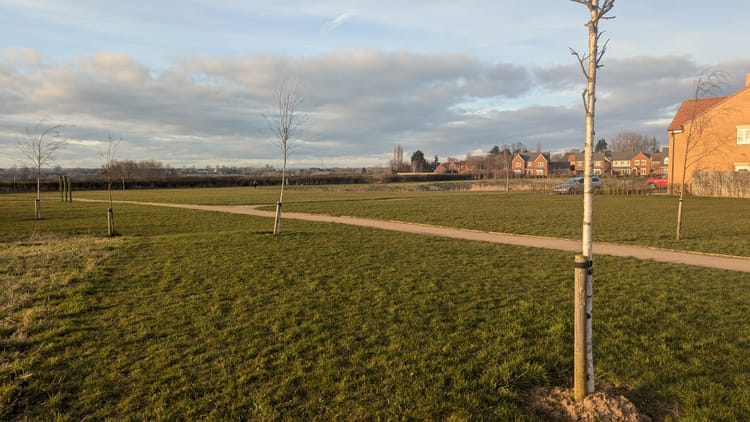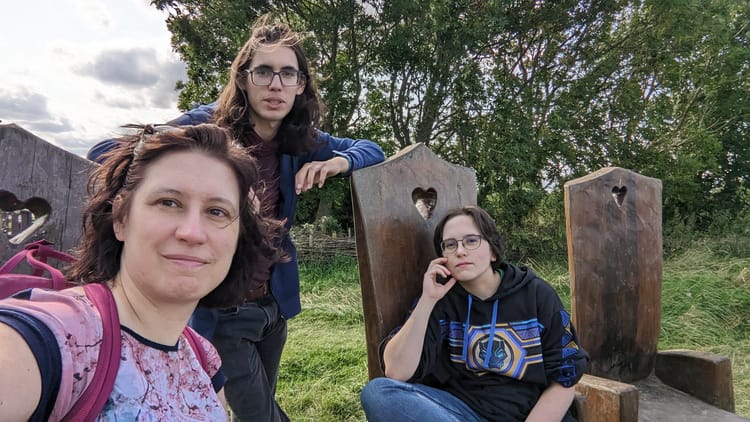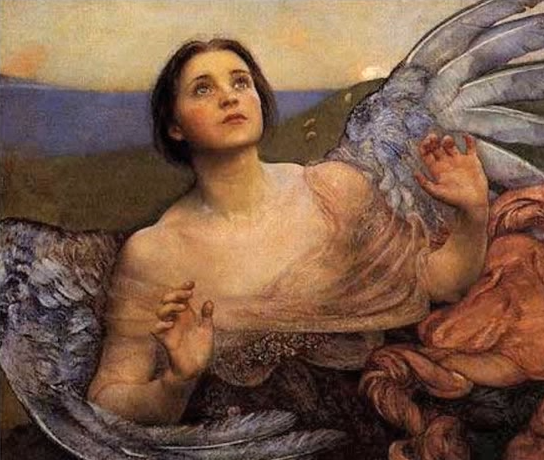Gordon Baldwin - Objects for a Landscape

‘Sculptural potter’ Gordon Baldwin’s exhibition, ‘Objects for a Landscape’, is at York Art Gallery from February to June of this year. I took the children during the half term break, on a mild and breezy York day. The gallery had laid on a creative workshop and I was interested to see what my children would make of it.
Called ‘Clouds made of Clay’, the workshop was responding to one of Baldwin’s particular inspirations, cloud formations. The young participants were encouraged to work the clay freely, while trained assistance was available for older children more interested in developing different techniques.
As we had done at the Hepworth, I took the children to the workshop first, to give them a ‘way in’ to the exhibition. Photographs of some of Baldwin’s pieces, as well as photographs of clouds, were on the table as source material if needed. What surprised me was how the children responded to the stimulus.

My son made and remade several abstract pieces, oddly reminiscent of Baldwin’s own instinctive working method (which he describes in a video on the gallery website). He seemed to shape and work the clay until he achieved a form that interested him, then unmade it or defaced it in an interesting way, before crushing it or flattening it and starting again. I was amused to see that he remembered clay working techniques (such as coil and pinch) which he learned last year with ceramic teacher Jo McKinnon, at her workshop in the south ofFrance.
Only once did he start to make ‘a thing’ – an animal – but this project didn’t seem to inspire him. His final piece had holes through the middle. I couldn’t help wondering if Barbara Hepworth from last month’s gallery trip was still in his mind.
My 2 year old daughter loved cutting and pushing the clay with the tools that were at our disposal. She was obviously interested in investigating its materiality rather than making it into a particular visual form.
As we left the workshop, it turned out to have been an absolutely perfect introduction to the exhibition. Both children were curious about what the artist had made out of the same material they had just been handling.
While I found some of the darker aspects of Baldwin’s work preoccupying (in particular, I felt that one overriding theme, the sharp edges and cuts in swollen, bulbous forms, hinted at bodily violence; the black interior of pieces such as ‘Vessels for Dark Thoughts’ felt somewhat unsettling), the children enjoyed a more playful interpretation. They asked me to pick them up so they could see inside each piece, commenting on the different shapes and colours; they enjoyed discussing whether a bowl or pot was lumpy, or spiky, or smooth; they wondered what each piece might be ‘for’.

Here was a gallery which had truly engaged its young visitors with the materiality of the art objects on show. The fascinating video of the sculptor at work, which was playing on a loop in the centre of the exhibition space, clearly was suggesting that we focus on the process, rather than the outcome.
What fascinated me about the video was the sculpt0r's uncertainty about where the work was going, what it would become, what he would do with it. Freeing his own creative process in this way also frees the viewer. While the associations and feelings surrounding the pieces had a specific and not particularly pleasant resonance for me, the novelty of cups, bowls and vases in odd shapes, with odd openings, was enough to capture the children's attention and make them think and play with visual and physical concepts.
Click here for the Flickr set with more photos from the workshop, or click here for the York Art Gallery site with full images from the exhibition.





Member discussion